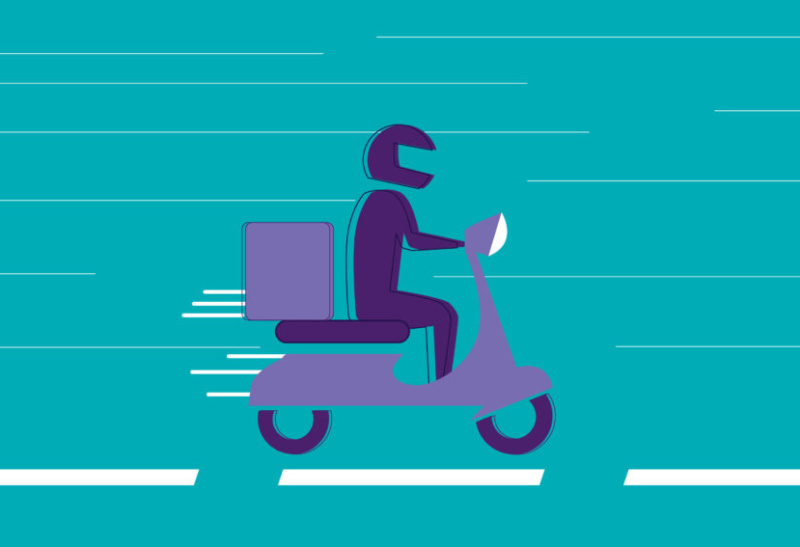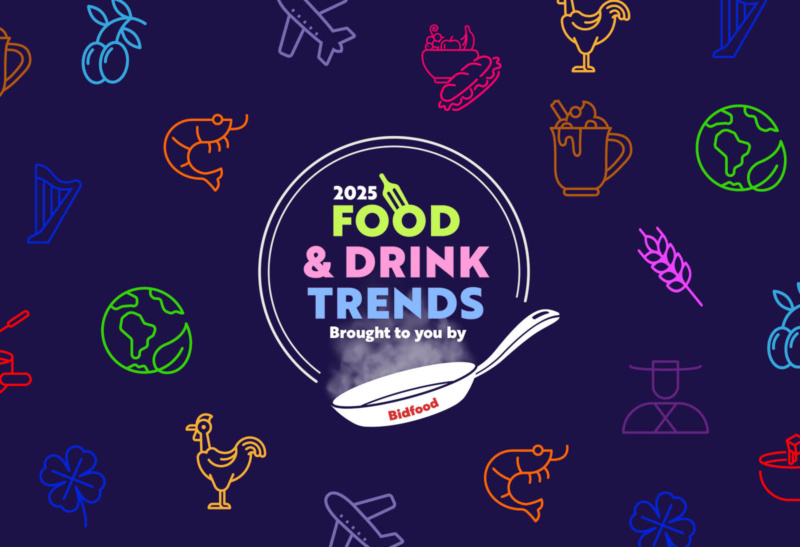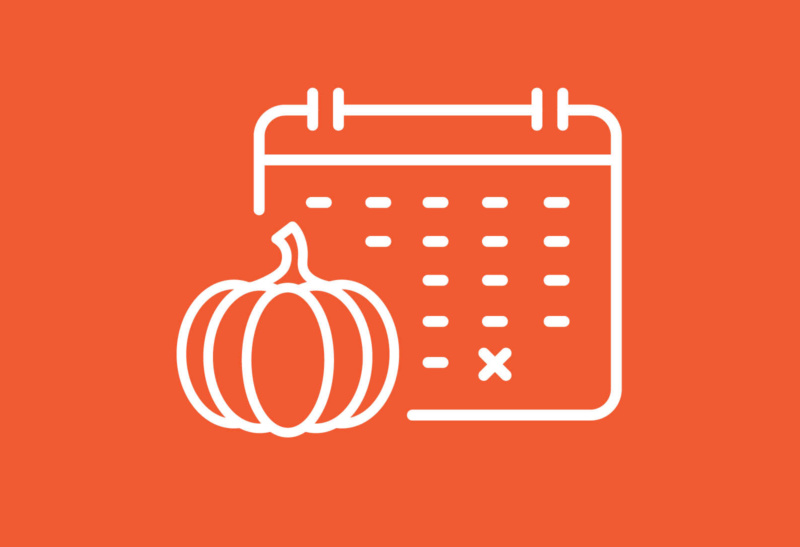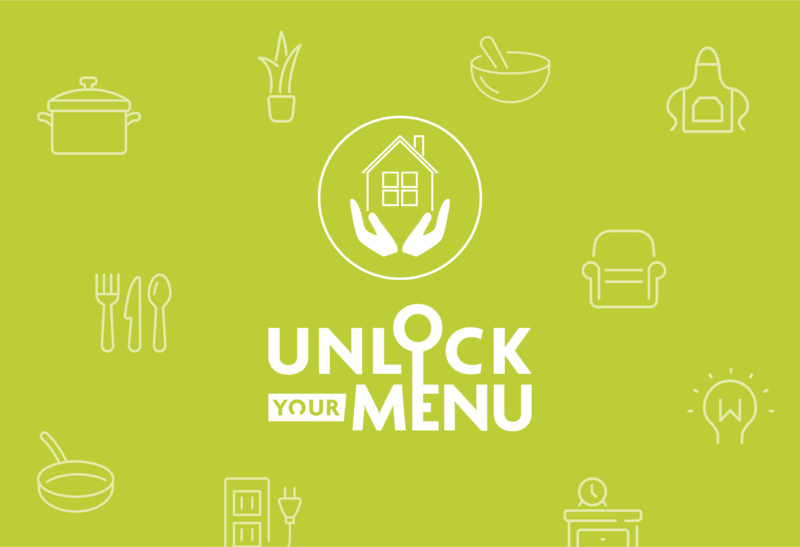Millennials are those who are most likely to order a delivery. A survey by Planday estimates that 20% of millennials are now using home delivery services, which equates to around £1bn in spend a year. [2] The ease of use and because you can get such high quality food delivered to you, makes it more popular, particularly to those who are time poor. There are no signs of this slowing down, so you need to do all you can to combat this as the high street continues to innovate with delivery.
Apps provide on-the-go ease
Having apps for food delivery is a complete norm now and many brands are continuing to look into ways of making them even easier. You can use apps wherever you are nowadays, on your laptop, phone, tablet, smart TV and even your smart watch. Brands are now targeting you in your car, as Dominos have agreed a deal to have their app installed in millions of new cars so you can order your pizza whilst in traffic.[3] I personally think they should take it one step further and deliver it to you whilst you’re stuck in traffic!
Restaurants on the high street are finding the demand from delivery apps so popular that some are opening “dark kitchens” for Deliveroo so that they can keep up with demand without stretching existing sites.
I have previously discussed how multifunctional apps for contract caterers are important in my last blog and the rise in delivery apps is evidence to why it’s so crucial to invest in technology like this to provide you with a more competitive offering to the high street. Multifunctional apps provide you the chance to display menu options, allow pre-order/pay in advance, provide loyalty rewards, and show nutritional information, all in one place. This is a great way of gaining data, provoking loyalty, and gaining a further understanding of your customer requirements. Consequently, this sort of technology is thriving because it is a great way to make your customer’s lives easier, particularly if they are tight for time. This then incentivises customers to stay on-site.
Day part habits are changing
The dynamics of lunch time are changing. There are many influences to this such as, there are more people who have less time available, good quality food is more freely available, there has been a rise in new technology, and more.
Breakfast and lunch accounts for 20% of delivery visits, doubling in size since 2015, whilst snacking delivery visits are growing massively too, up 67 million since 2015, suggesting that customer habits are developing with how they buy their food throughout the day. This change is during the most important times in the day for on-site catering, making it vital that you find a way of combatting it. In fact, already 1 in 10 delivery visits are to work locations, and this is only going to grow,[1] signalling that on-site catering isn’t providing customers with what they need.
If you can’t beat them, join them
With food ordering/delivery doing so well, and grab and go options being so popular, it’s best to incorporate this into what you offer. Finding the right range for your take away options and food to go is very difficult, particularly with there being so much emphasis on sustainable packaging. If you are looking for more support on this, get in touch with your account manager to see how we can support you further.
What to prepare for in the future
We jokingly tweeted for April fools about Bidfood launching “AirDnD” as a new initiative to deliver by air drones. It may seem farfetched now but realistically it is a likely step for delivery in the near future, with businesses heavily investing in the technology. In fact, the NPD Group expects delivery drones to feature in the UK within 5 years as companies look for more sustainable forms of transport.[1] Robots and droids are likely to be a new way of delivering in the near future, with Just Eat looking into launching it as a new form of driverless delivery. There even is a company in Australia called Jafflechutes where you can order grilled cheese sandwiches through an app and they will send you a location that they deliver via parachute down to you. Crazy!
So how do you combat delivery taking over?
The answer is you need to understand the needs of your customer and provide an offer that means they won’t consider going elsewhere. Later on through the week customers are looking for more sociable eating opportunities,[4] so encouraging fun and social spaces is a good way of keeping customers in. If you’re finding customers are choosing elsewhere to eat, it may simply be down to the fact that your offer isn’t compelling enough for them. This means that it is time for you to freshen up your menu with new options. Using multifunctional apps is the best way to combat delivery because they provide the ease of use that the delivery companies have plus they are a fantastic way of collecting data on your customers. Subsequently you receive a better understanding on what customers want to spend their money on and it encourages more loyalty. Or if you really want to make a difference, you can get ahead of the delivery companies by investing in robot desk delivery!
[1] Hospitality and Catering News, April 2019
[2] Planday – The millennial trends shaping the future of dining, 2019
[3] Xevo Inc, 2019
[4] Daytime Diets and Meal Planning Research, Bidfood & ABA, 2018



